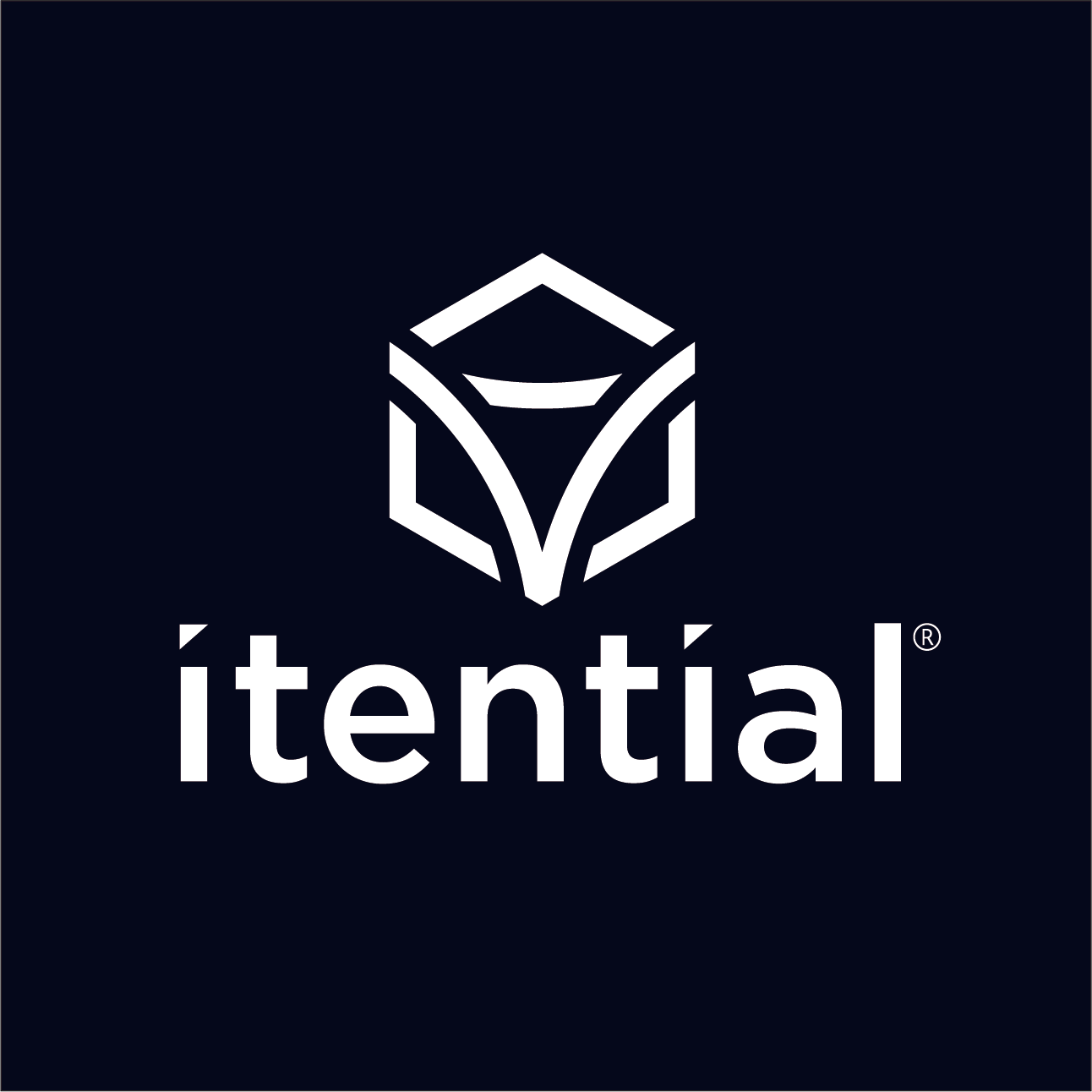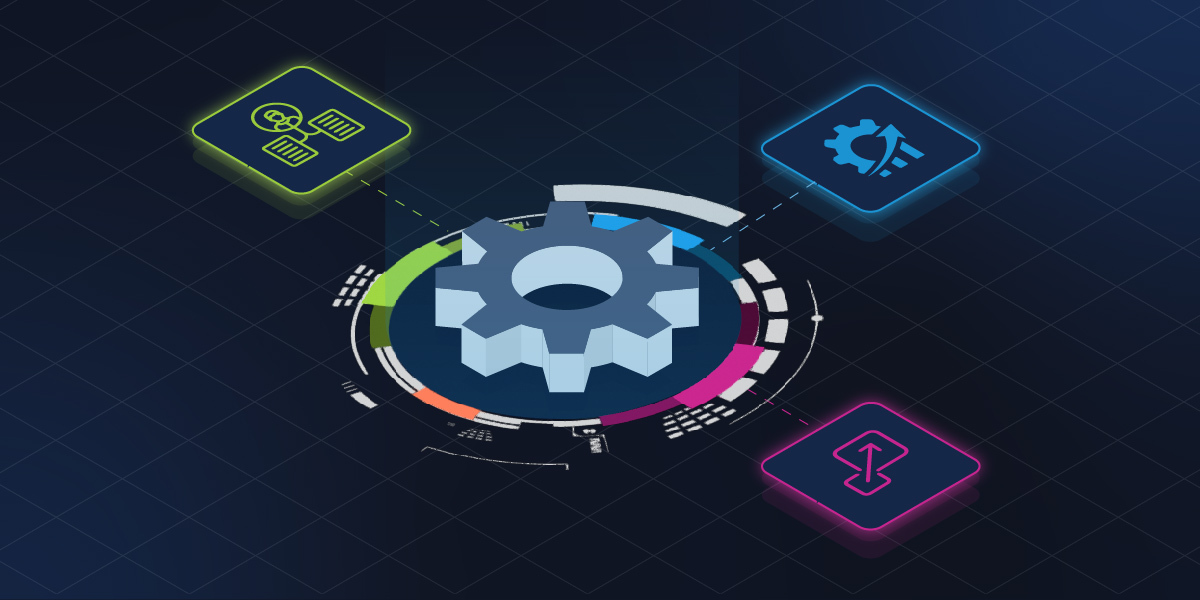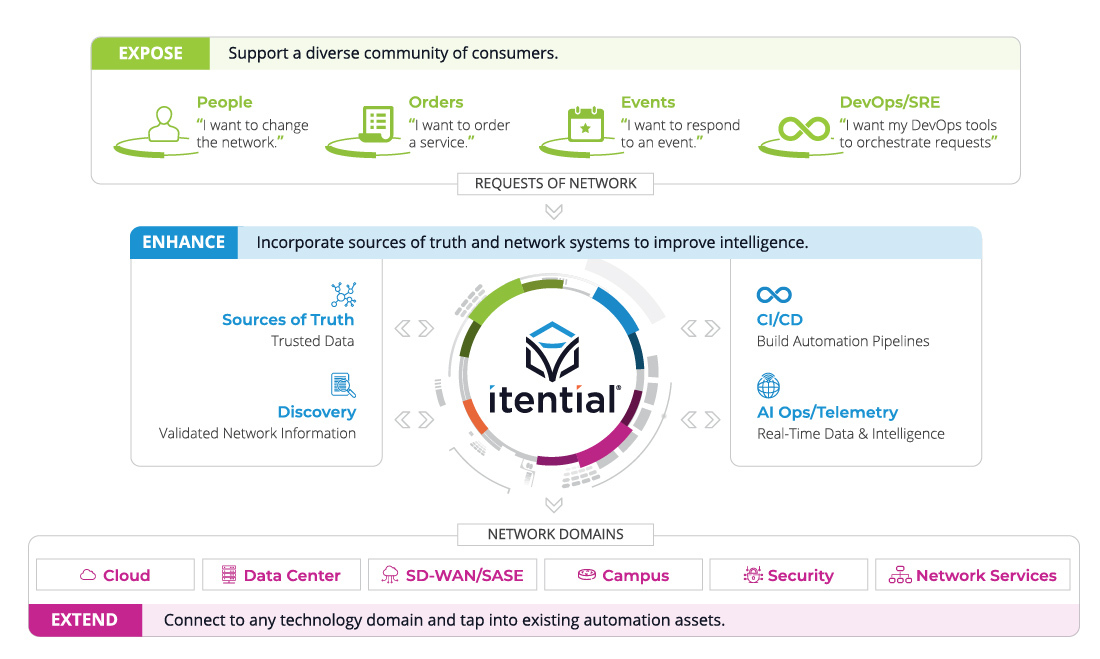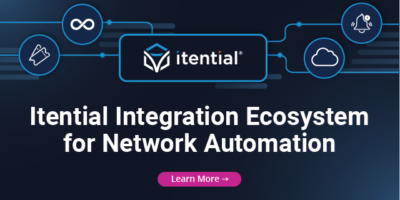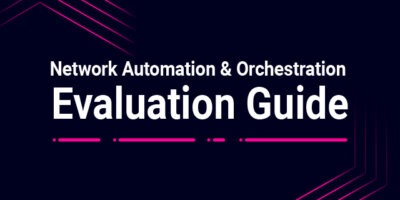With the pace at which digital transformation is taking place, new technologies and capabilities are becoming available at a rate that far surpasses the speed at which IT teams can support them. At the same time, end users are eager to consume new network services in a variety of ways, including via IT systems like ServiceNow, as part of CI/CD pipelines, or as part of a self-service, Network-as-a-Service (NaaS) model.
To ensure that new services are consumable, it’s more critical than ever for organizations to leverage the power of network orchestration and automation platforms that utilize integration, federation, and data transformation capabilities to execute across all technologies, domains, vendors, and platforms. A strong platform should be able to facilitate automation across all network domains and coordinate those automations to orchestrate a process that’s zero-touch from start to finish so that it can be delivered as a service. To deliver a powerful integrated ecosystem for the network, there are three necessary capabilities an orchestration and automation platform should include:
- Exposure
- Enhancement
- Extension
First, the platform should expose orchestrated services to all types of users, including events, order systems, API consumers, and CI/CD pipelines, with the goal of supporting a diverse community of consumers and use cases.
Secondly, the platform should have the ability to enhance automation execution by enriching the intelligence of execution. It should work directly with other network systems, such as network sources of truth (SoT), service assurance systems, monitoring systems, and artificial intelligence (AI) ops, to fully automate data collection and evaluation activities that previously had been only possible through manual efforts.
Lastly, the platform should also extend the value of automation by enabling workflows to be orchestrated across all network domains and by maximizing the reach of existing automation assets such as Python scripts or Ansible Playbooks.
Let’s discuss these three capabilities further and understand how, together, they can deliver a powerful integrated ecosystem for automation and orchestration.
Exposing Consumption to End Users, Northbound Systems, & Pipelines
The real value of any platform comes down to how it can be consumed, how it can be exposed and how easy it is for stakeholders within the organization to utilize the power of automation.
With exposure, the goal is to simplify how users and applications can consume the capabilities of the orchestration and automation system. A high level of flexibility around interaction and consumption of the systems capabilities is required for this streamlining.
While manual inputs used to be the predominant method for interacting with automations, today more teams are moving beyond the manual approach and starting to expose the automations and orchestration capabilities to systems and events, resulting in more integration with IT Service Management (ITSM) systems. Internal customers are embracing the opportunity to move from ticket-based request models to API-driven, self-service models, improving efficiency and flexibility.
Additionally, DevOps teams are looking to further leverage their existing tools around pipelines so they can dip into their automation platform and execute a wide range of functionality.
Enhancing Workflows through Flexible Integrations
Enhancement refers to the ability of an orchestration and automation platform to interact with systems and sources of truth to provide more intelligence. It’s about enabling the platform to collect, analyze, and synthesize data from these sources to be faster and more accurate than is possible with manual, swivel-chair processes. The emphasis should be on making it as easy as possible to talk with various systems, for example, the SoTs, topology systems and artificial intelligence for IT Operations (AIOPs) systems.
The easier it is to talk to various systems, the more the need for development can be reduced and, in some instances, eliminated. By reducing or eliminating the amount of development, the richness of context becomes apparent, demonstrating real value.
It’s also necessary for a platform to integrate across systems, and retrieve, federate, and update information in real time. That way, the sources of truth are in sync with whatever is provisioned from the network.
Extending Orchestration Across All Network Domains, Devices, & Assets
The third capability required for a powerful integrated ecosystem is the ability to extend. Extending is about enabling connection to any technology domain and providing the ability to tap into existing automation assets. With the capability to extend, the focus is on the network domains themselves, as well as existing automation assets.
For example, a network team may want to not only talk to network controllers, but also find a flexible way to interact with network devices, whether they’re physical, virtual, or containerized. This includes a diverse set of assets, including routers, switches, firewalls, and load balancers to name a few.
The ability for an orchestration platform to ingest and extend existing automation assets is critical. For anyone that is developing Ansible Playbooks, Python scripts or Terraform Plans, the system can recognize them, ingest them, and make them available for incorporation into orchestrated workflows. The system can also use its exposure capability to make these assets available for consumption via API for self-service functionality.
How Itential Helps You Expose, Extend, & Enhance Your Automations
Itential was built with these three capabilities at its core – expose, enhance and extend – so organizations can take any set of automations, apply them to multiple domains and systems with orchestration, and expose the orchestrated services to any kind of end user.
In addition, DevOps teams can now leverage this new functionality – the same functionality that engineers are logging into and exposing to the systems – creating a common set of tooling. This common set of tooling creates efficiencies as teams can build upon it, modularize it and gain a new level of interaction and control over their network assets by taking advantage of this core functionality.
In the end, these three capabilities give teams that are creating network automations and orchestrations a strong toolset to open up the consumption and create a greater community of people, systems, and tools that leverage the power of automations. Itential provides more flexibility for you to expose, enhance, and extend network orchestration and automation functionality than any other solution on the market, opening you up to new levels of efficiency.
To learn more about Itential’s patented integration capabilities, check out this white paper.
